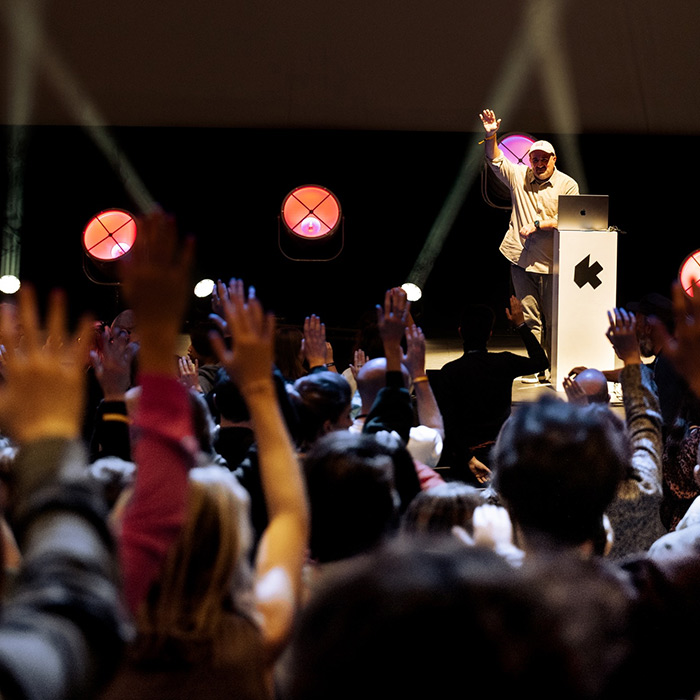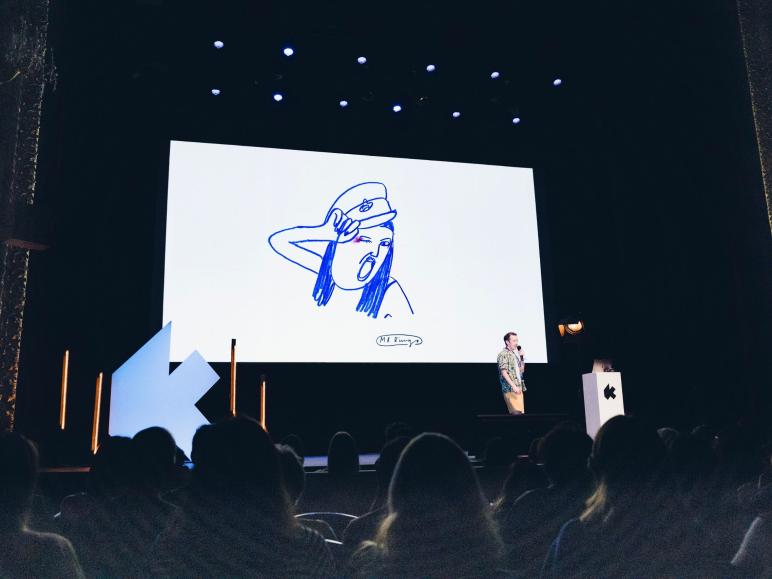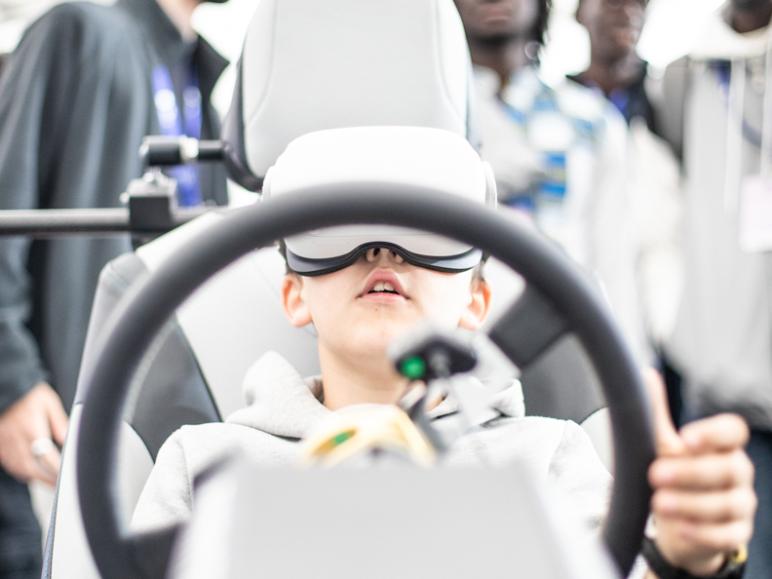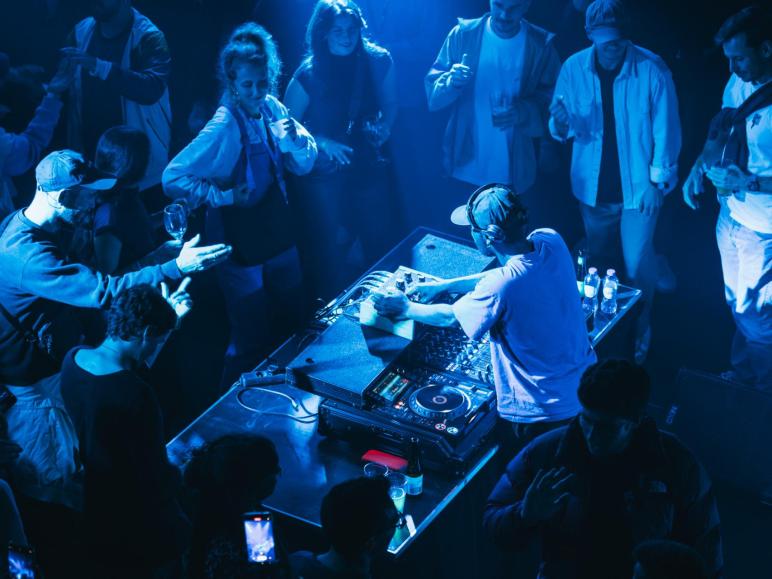Ben Cerveny
For over 25 years, Ben Cerveny has worked as an executive, strategist, and designer in the context of operating systems, media applications, web services, products, the built environment, and digital games. Currently he is focused on Spacecraft, an open spatial computing framework for public cultrual institutions.
Before founding the Foundation for Public Code, he was a Design Fellow at Samsung, leading a project on room-scale programmable environments. Previously, he helped design the massively multiplayer game that became Flickr [and also named it], founded the Experience Design Lab at Frogdesign, and was cofounder and CEO of Bloom Studios, whose data visualization iPad app Planetary was acquired by the Smithsonian Institution.
Ben also served as a founding Associate Director of Antikyhera with Benjamin Bratton and is currently Senior Fellow at Berggruen Institute, and has taught about the philosophy of technology and society at a variety of European and American graduate programs.
Computational Culture and Society: the Need for Open Instrumentalities and Public Generative Situations
The Foundation for Public Code helps cities and states build open digital public infrastructure for things like managing school systems, participatory urban planning, and access to social services. But recently we’ve been collaborating with museums libraries and archives to explore digital public, cultural infrastructure. Specifically, we’ve been thinking about what multi participant computing experiences built to the scale of rooms or entire museums might look like. The large technology companies like Apple and Meta have been working for years to define spatial computing as an experience you have by strapping a very expensive object to your face, but that’s not how public services work. In a public service context, this type of spatial computing will instead need to come from intelligence and capabilities embedded in the architectural environment. How can we build open scalable architectural capabilities for massively multi-participant interactive room-scale or building-scale experience? What will the interaction paradigms be? Can we build a form of public spatial computing that focuses on cultural production in civic venues? It might be the very function of museums, libraries and archives in the 21st-century to serve as sites for negotiation and understanding about experiential computation in public space that is not necessarily in the commercial regime of the major technology companies. We’ll talk through some potential use cases like archive visualization, community architectural co-design, and interactive exhibition design. And we’ll talk about some of the large scale projects in the European cultural funding space and nonprofit landscape that are attempting to address some of these issues.








